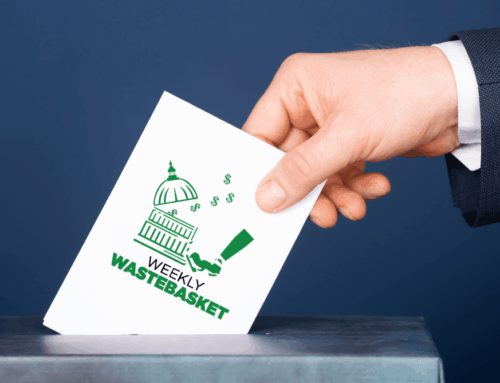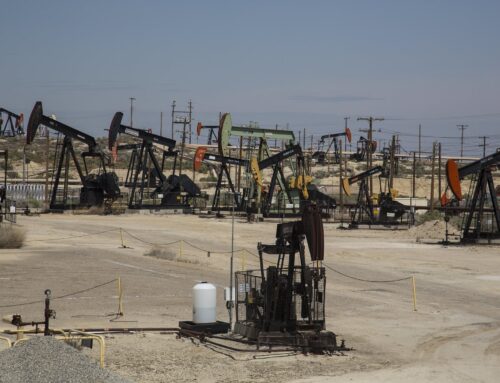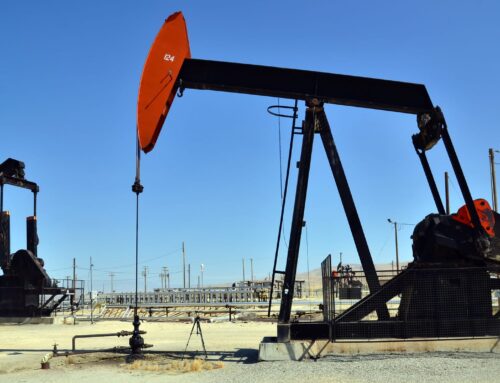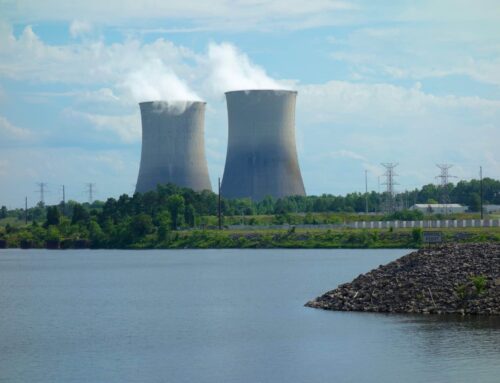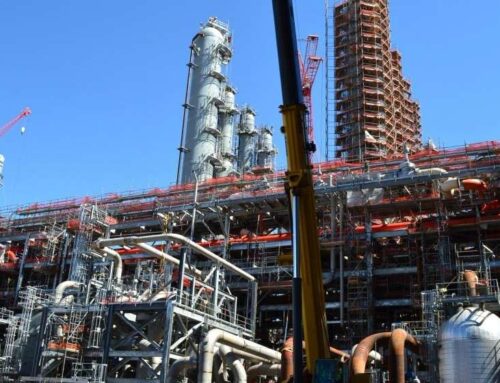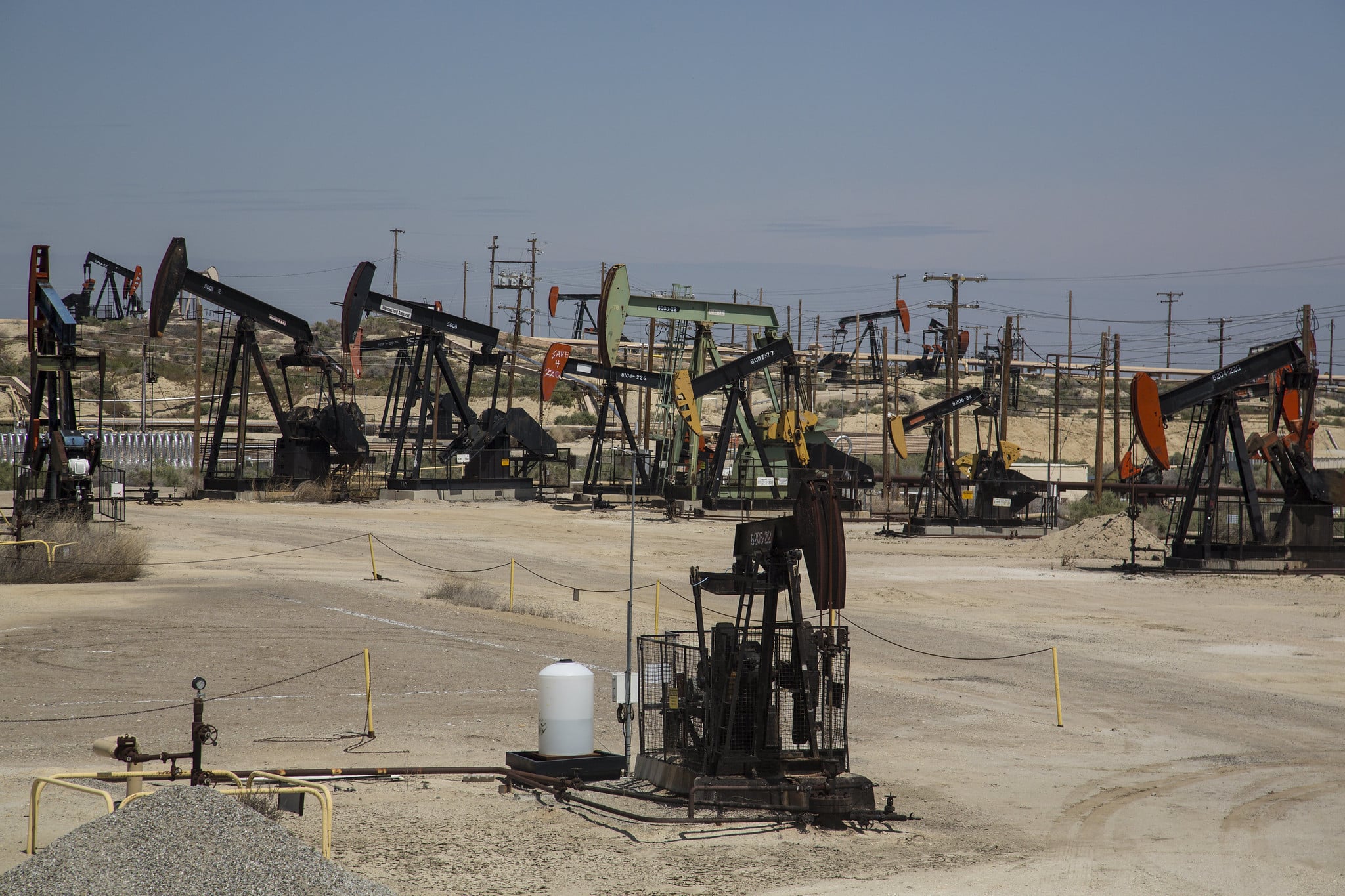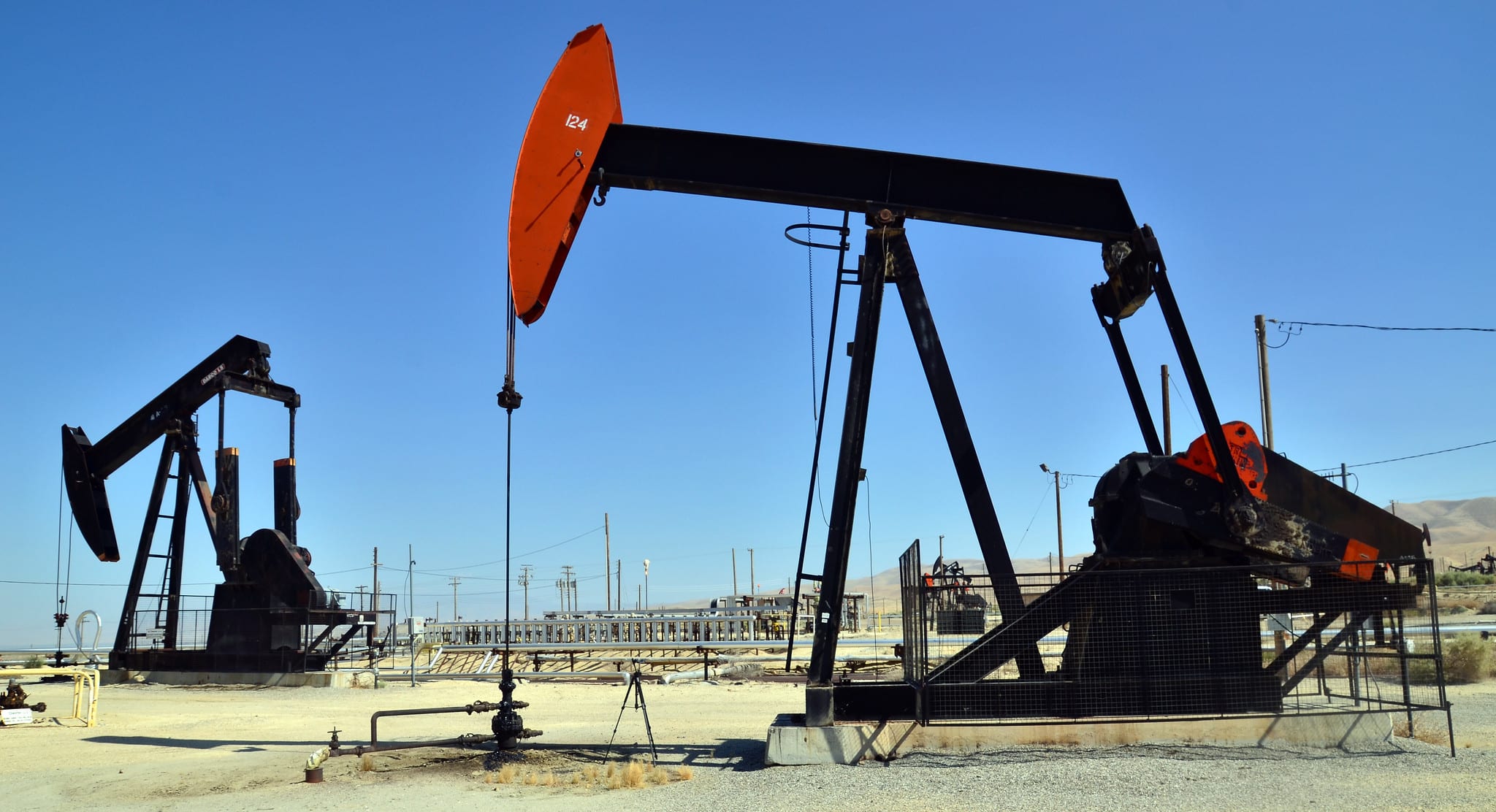Last week, Westinghouse Electric Co. announced that it will be filing for bankruptcy.
Westinghouse, a subdivision of Toshiba Corporation, is in the process of building two AP1000 nuclear reactors for a power plant known as Plant Vogtle in Georgia. In fact, Westinghouse is bankrupt largely because of Vogtle. The project is a mess, and thanks to the $8.3 billion worth of loan-guarantees federal taxpayers have put into the project, courtesy of the Department of Energy, we are the ones who are going to take the hit if the whole things goes belly up.
In 2008, when the project originally applied for a federally backed loan guarantee, it was estimated that the two reactors under construction would begin commercial operation in April 2016 and 2017, respectively, and cost $14.3 billion. Instead of being completed this month, the project is less than halfway done, more than 39 months behind schedule, and at least $3.3 billion over budget. Now this.
The Title XVII program at the Energy Department provides broad authority for it to guarantee loans for early commercial use of advanced technologies if there is a “reasonable” prospect of repayment by the borrower. Loan guarantees are like cosigning a loan. The government (taxpayers) are on the hook for repayment of the loans if the borrower defaults. Building a nuclear reactor – two nuclear reactors – is expensive and risky.
The amount of risk represented by a particular loan guarantee is measured in the project’s “subsidy cost.” The higher the risk, the higher the cost that gets assigned to the guarantee. You would think a loan guarantee for a nuclear power plant – the riskiest project of all – would be assessed a pretty high price. It should have been. But the Energy Department guaranteed at least $6.5 billion of the $8.3 billion total at a cost of $0. That is, it recorded no potential liabilities for its guarantee of more than $6 billion in loans for the construction of two nuclear power plants.
What is even more maddening is that the inexplicable decision to pretend like there was no risk in the Vogtle project was made knowing that for years the project has been beset by problems. From mispoured cement in one of the reactor’s foundation to poorly constructed reactor parts, the project began hitting snag after snag. Deadlines were missed and costs mounted. The three major credit ratings agencies eventually downgraded the creditworthiness of all of the project partners. If taxpayers end up forking over billions of dollars to pay off Westinghouse’s loans, we can’t say we didn’t see it coming.
While this might mean huge losses for taxpayers, the real tragedy is that financial entanglement with the project could have been avoided altogether. It’s not clear what the Department of Energy can do now to mitigate the potential for losses. In the end, the Vogtle mishap could be a very expensive way to learn what we should have known all along – the federal government cannot ignore risk when taxpayers’ money is on the line.

